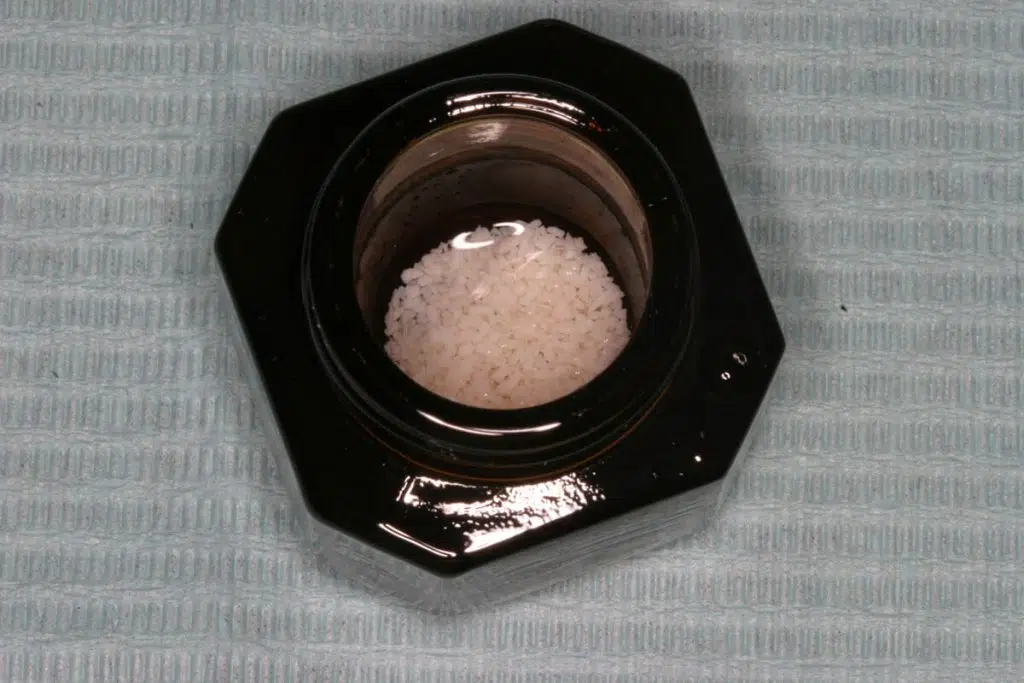Bone Grafts to Save Your Teeth

Why would your teeth need a dental bone graft?
Teeth can lose bone and gum tissue when a person has gum disease otherwise known as periodontal disease. Certain bacteria around the teeth will cause your body to activate the cells in the body that cause inflammation which can then lead to bone loss around the teeth. When bone is lost, the teeth can become loose, look long, begin to shift, and eventually may need to be taken out. A dental bone graft can be used to replace the missing bone and help the teeth become strong and firm. By using a bone graft you can regenerate lost bone and reverse the damage caused by periodontal disease. This type of procedure is performed by a periodontist that specializes in saving bone and gum tissue.
What kinds of dental bone grafts are available?
- Autografts: Dental bone grafts can be taken from your own bone in a different part of the mouth or body (called the donor site) and added to the teeth with lost bone support (called the recipient site). This type of bone graft is called an autograft and is the best type of graft since it contains cells (osteoblasts) that can turn on your body’s bone making properties.
- Allografts: Another type of dental bone graft is taken from a cadaver, and this is known as an allograft. Allografts also can have cells that turn on your body’s bone making properties but usually to a lesser degree. These grafts have an advantage as they can be used without having to take bone from another part of the body and are available in greater quantities.
- Xenografts: Dental bone grafts can be taken from animals (usually pig or cow) and these grafts are known as xenografts. Xenograft bone has a structure that resembles human bone and acts like a scaffold that supports the gum and bone until your body breaks it down and builds its own bone around the scaffold. The advantage of this bone graft is that some people do not like the thought of using another human’s body parts.
- Alloplasts: The last type of dental bone graft is a synthetic graft known as alloplast. Alloplast grafts are taken from a variety of sources but are usually manmade in nature. These grafts are purely a scaffold and do not turn on the body’s bone making properties. The advantage of these grafts are that some people do not want grafts from humans or animals but something that is synthetic.
How are teeth saved with dental bone grafts?
Dental bone grafts can be added to teeth suffering from periodontal disease with lost bone and gum tissue during a surgical treatment. The teeth will be anesthetized with local anesthesia and the gums can be elevated to expose the area of lost bone. After the bacteria is removed with dental instruments and on many occasions dental lasers, the dental bone graft is added to the area and the gums are replaced. The dental bone grafts can be combined with growth factors that help the person heal faster as well. The bone grafts will then begin to heal for a period of 3-6 months and start to solidify. Once the bone grafts solidify, the teeth will become stronger and lost biting power can be restored. This type of treatment is performed by a periodontist that studies for 3-4 years after graduating from dental school in order to learn how to perform these procedures.
